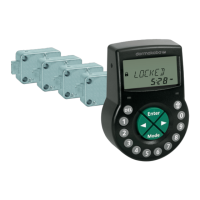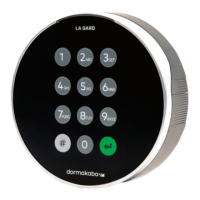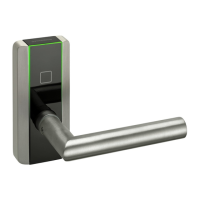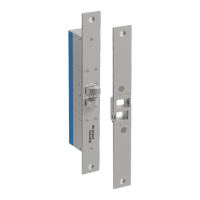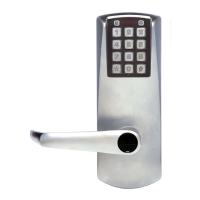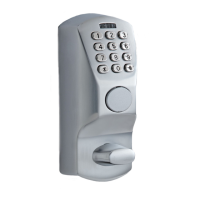What to do if Dormakaba Locks show 'LINE OFF'?
- AamywebbAug 17, 2025
If your Dormakaba lock displays 'LINE OFF', it means the connection between the lock and input unit is temporarily interrupted. First, wait for the lock to enter sleep mode, then wake it up using the info key. If the message persists, try removing and reinserting the batteries. If that doesn't work, disconnect and check the connecting cable for damage, replacing it if necessary. Reconnect the cable securely. Finally, ensure you're using new batteries. If the problem continues, call the vendor for technical support.
